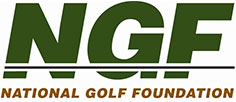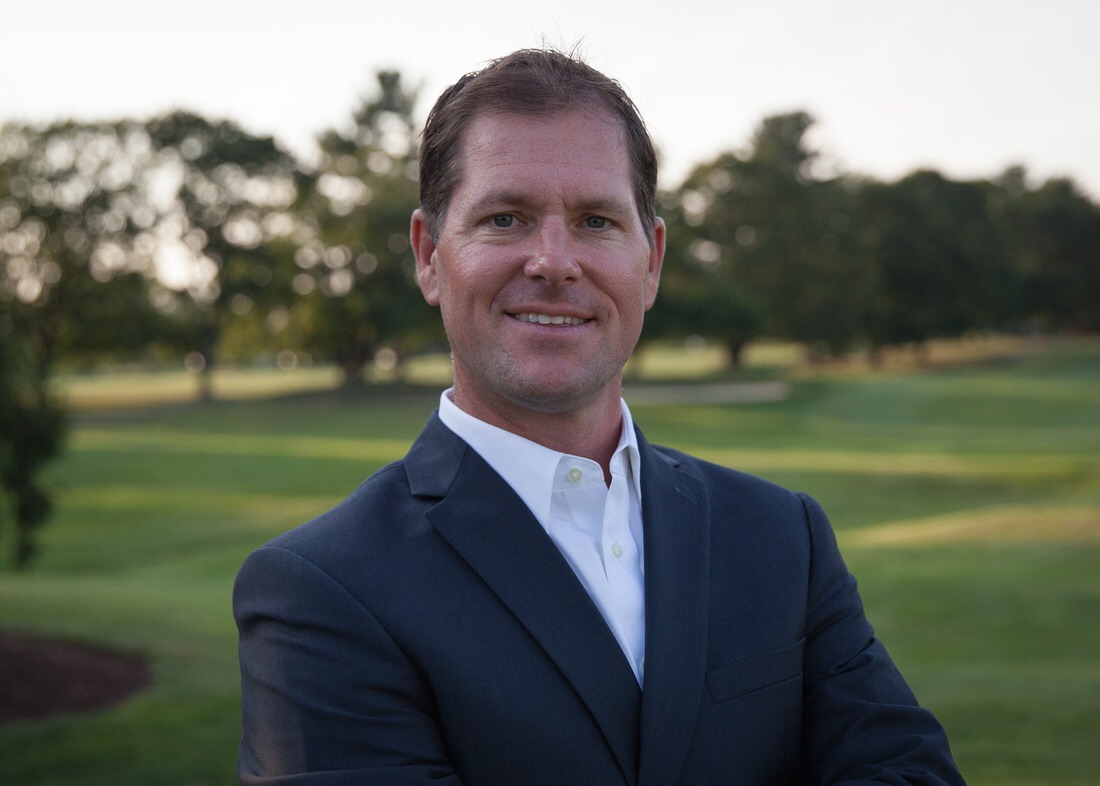John Ashworth – Linksoul, Founder and President
John Ashworth began kicking around the idea for Linksoul more than two decades ago while building the Ashworth clothing brand that revolutionized the golf apparel industry. The Southern California native and one‑time PGA Tour caddie finally started his passion project after leaving Ashworth, but not before pursuing several creative endeavors in the interim – from course design in Scotland to designing another golf apparel line, Fidra, for Quiksilver.
Ashworth recently sat down with the NGF to discuss the philosophy of Linksoul, his career influences, the trend toward lifestyle apparel in golf, the future of the golf industry, and giving back to the sport.

How did Linksoul get its start and what was your inspiration?
The term Linksoul has actually been in my vernacular for a while. I sort of coined the phrase 20 years ago really. The term “links,” by definition, is the sandy dunes that connect the land to the sea, and it’s where golf began. And of course “soul” is the spiritual nature of the human being. I feel like golf is such an important game and has this rare ability to link souls together – a lot of times complete strangers – on a playing field that’s really built around virtues and sportsmanship, and is out in nature and fresh air. All these great things work together for recreation and socialization. The game itself really has such a broad appeal. It just brings people together and it’s always been an important thing to me. It’s been the evolution of creating the spirit of trying to build clothing that translates not only on the golf course but also in regular life. And of course being from Southern California and on the coast highway in Oceanside, California, we really blend the culture of being around the coast and surfing with the lifestyle of playing golf.
Who were your biggest mentors or influences along the way in your career?
My father and mother were huge influences, of course. I grew up in a pretty simple modest house – my dad was a school teacher and my mom was a nurse. But my dad was a golf nut. My mom basically gave me the choice of going to Sunday school or going to caddie with him on Sunday mornings when I was 8 or 9 years old. Of course I went with him and just fell in love with the game, being out with him and his buddies on Sunday mornings. It was kind of our church time, if you will. I’ve been in and around golf since. I consider so many people mentors – from friends I’ve played with to people I’ve worked for. A main one would have been a guy named Jerry Montiel, who was my partner at Ashworth. I met him when I was caddying on the tour in my early 20’s for Mark Wiebe, who was a childhood friend. I got out of college and knew that I wasn’t a tour caliber golfer. I was a good golfer, but had no ambition to play on the tour. I didn’t really know what I was going to do. When he asked me to come out and caddie for him, I kind of jumped at it because being 23 years old at the time it was like being with the circus; footloose and fancy free. I was around golf and able to travel all over the country. I was taking it in and didn’t really realize it.
I had no inclination that I was going to end up in the clothing business, but I was taking in the sights, sounds and what people were wearing all over the country. I think that was really important. Jerry happened to be Mark’s sponsor, we got to be friends and he asked me to come work for him at another business venture where I was a buyer for his sporting goods store – specifically all the golf and tennis stuff. So I was able to train myself and see all the things that were happening. Unfortunately for him, but fortunately for me, he had two stores in Denver in the 1980s that just weren’t cutting it. He made a business decision to shut down his stores and asked me if I’d stay on and help him through that process. When we came out the other end, I said there’s a big hole in golf apparel. The look was dated, there was nothing fresh and there was nothing I wanted to wear at 20‑something. He was a very entrepreneurial spirit, said `let’s do this’ and that’s when we started Ashworth.
What are the challenges you’ve faced, and overcome, in this sector of the industry and what do you make of the trend toward this golf/lifestyle blend in apparel?
There’s a lot of moving parts to bringing products to market – manufacturing it, selling it, designing the right stuff and making sure the quality is right. It’s a moving target every day, but it’s fun, exciting and I love it. It’s not for everybody, for sure, but my goal is always to give a guy, I probably focus more on the men’s stuff, the option to look timeless and classic and yet hip. Now that I’m getting a little older, I want to make clothes I want to wear, but yet I want my 20 year old son to be happy with it. The appeal is not to be like you’re trying too hard, but I don’t want to look like an old guy either.
As for the traditional apparel, we call it a golf uniform. A guy has a pair of red pants with a while belt and white shoes, and some short of loud shirt to go with it. You wouldn’t be caught dead if you were in the local pub or going out to eat, but for some reason everybody thinks it’s okay to dress up like that to go play golf. I’ve just never been a big fan of that. That’s my own personal taste. There are plenty of athletic brands that do that, and that’s great for me because at one end of the spectrum there’s the golf uniform and I’m trying to make things for just the regular guy who has a job. It’s pretty diverse; he could be a lawyer, a doctor, he could work on a construction crew. I want to make clothing that transitions really nicely from the work place to the golf course, so it would naturally blend into a lot of environments and you wouldn’t have a second wardrobe if you’re going to go put on your ‘uniform’ to play golf.
What is your outlook on the golf industry and where do you see it positioned for the future?
I’m always very bullish on the golf industry. I think it goes through peaks and valleys, but the game itself is so strong. Yeah, maybe they overbuilt it in the 1990s and it got too ego‑driven by rich guys who wanted to build the hardest golf course and people just didn’t have fun playing. The golf pros are like .1 percent of the golf population. I love more simple recreational golf and I think it’s getting back to that right now. I also think it should have a mass appeal; it should be a recreational outlet for all sorts of people. I wouldn’t like to think it’s just for the rich. There should be all levels of golf. If you look at today’s world, how many places can you get out, get away, get out and get some fresh air, be with your buddies and play a game? When you get older, you’re not going to go play football and it can get tough to play pickup basketball. Golf just needs to be more accessible. It’s why we have our own golf course here (Goat Hill Park) that’s a very affordable shorter course. It’s everything that golf needs to go towards: a lot of kids programs, just a social environment to have fun and get exercise.
You’ve been one of those people who have given back to the game through your involvement with the Goat Hill Park golf course project in Oceanside. Have you been encouraged to see more of that across the sport?
There’s a real groundswell in that regard. There are a handful of courses where the people are taking a stand against re‑development. But we really stepped up here because we went up against some developers that wanted to take this golf course that’s being around since 1952. It’s a green space and it was close to being paved over into some kind of concrete jungle that you can never come back from. It’s been a lot of work; I’m not going to lie. It’s an ongoing fight every day to make it better and make ends meet, but at the end of the day it’s very well worth it. I think you’re going to see a movement toward that, I really hope so anyway. If and when new courses are being built, I think you’re going to see different architecture and a different business model in terms of being more social and more accessible.
Short Game.
"*" indicates required fields
How can we help?
NGF Membership Concierge
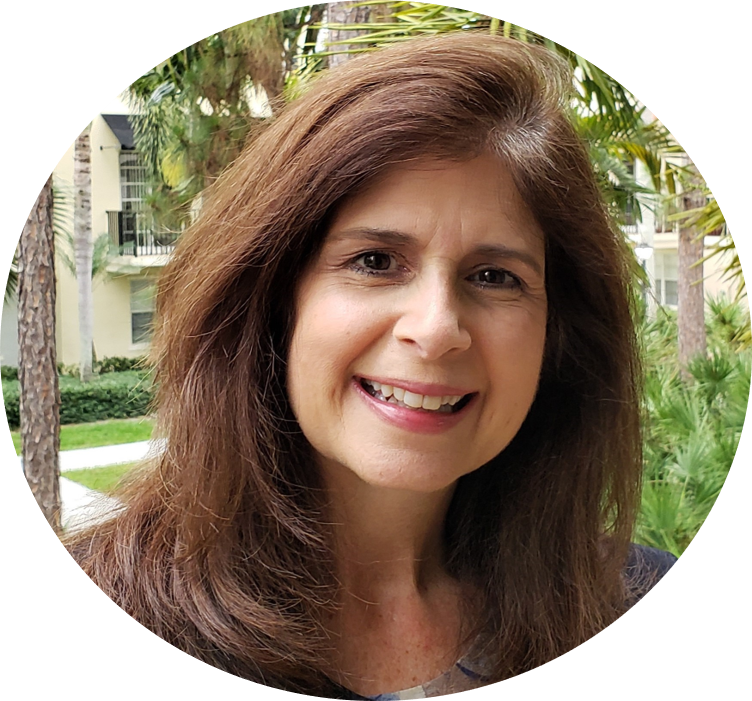
"Moe"
Learn From NGF Members
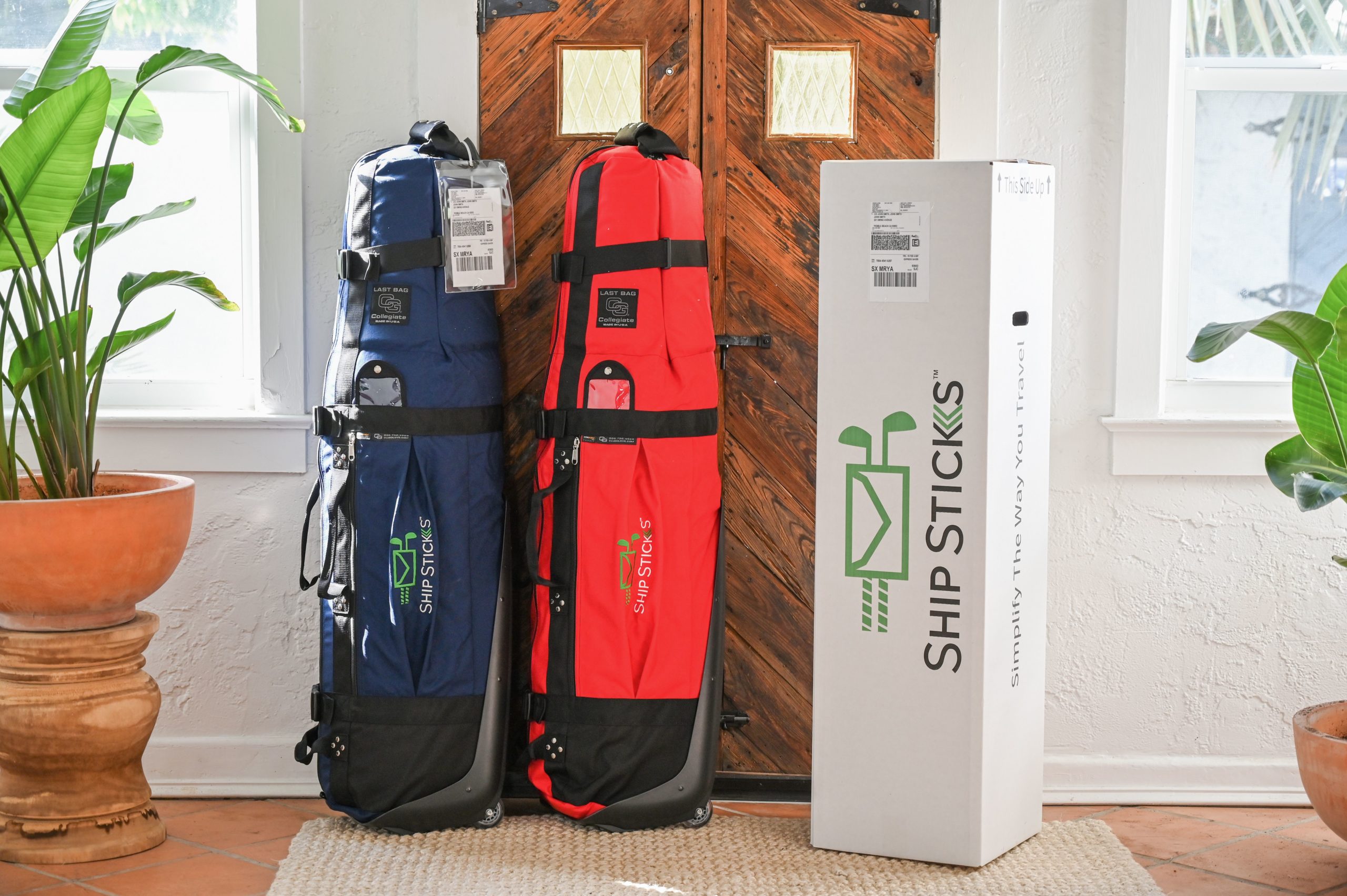 Ship Sticks Secrets to a Hassle-Free Buddies Golf Trip
Ship Sticks Secrets to a Hassle-Free Buddies Golf Trip
Whether you’re the head planner of your upcoming buddies golf trip or simply along for the ride, we’ve gathered a few easy ways to keep everyone in your group happy.
Read More...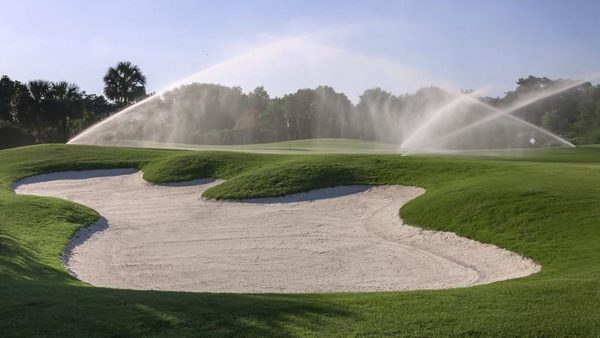 Golf Course Turf, Soil and Water Quality Diagnostic Testing
Golf Course Turf, Soil and Water Quality Diagnostic Testing
As humans, we see our primary care physician on a regular basis to proactively evaluate our vital signs. Likewise, a superintendent should perform frequent diagnostic testing on their golf course.
Read More...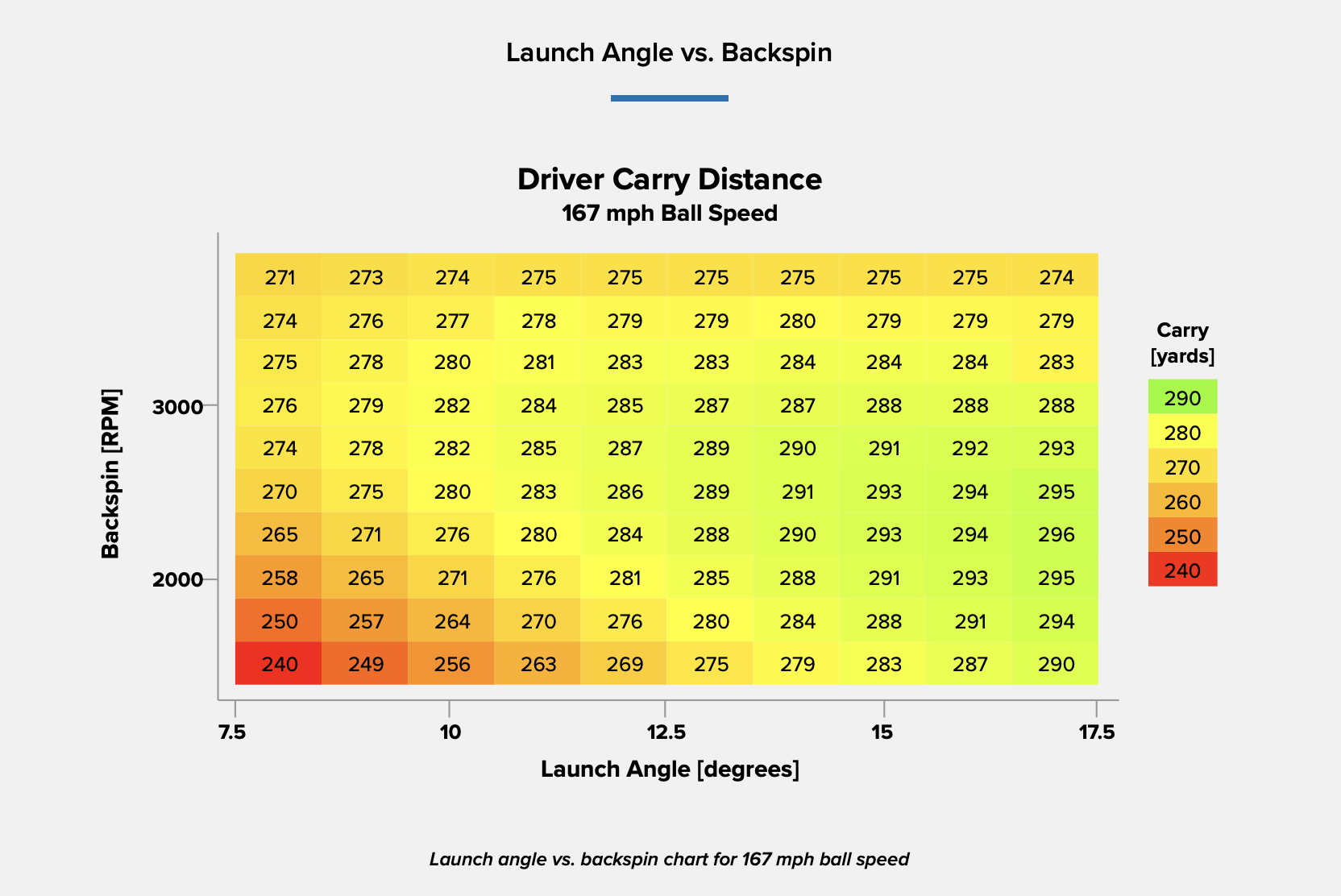 Unlocking Distance: Launch Conditions and Angle of Attack
Unlocking Distance: Launch Conditions and Angle of Attack
We’ve long known that higher launch and lower spin is a powerful combination for generating consistently long and straight tee shots. A key factor in optimizing launch conditions, one often overlooked, is ...
Read More...

